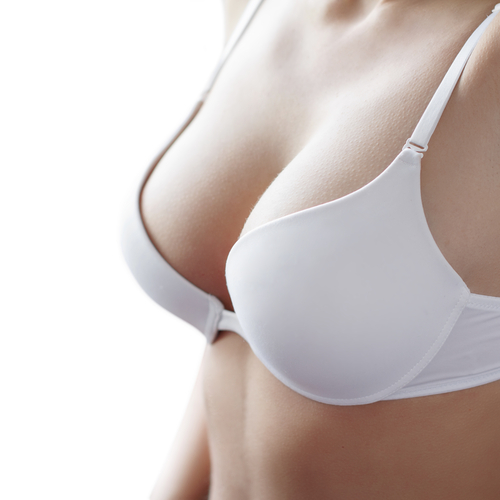Fat transfer breast augmentation surgery, involves the surgical transfer of fatty tissue in order to increase the fullness and improve the symmetry of breasts. Fat transfer breast augmentation surgery is also often sought out to restore breast volume lost as a result of weight loss, following pregnancy, and the natural aging process.
It is important to note that fat transfer breast augmentation will not correct severely drooping breasts. If you want your breasts to look fuller and to be lifted as a result of sagging, a breast lift may be required in conjunction with fat transfer breast augmentation.
Fat transfer breast augmentation surgery is performed while the patient is under general anesthesia. During surgery, the surgeon will use liposuction to remove fat from a donor area on your body (i.e. thighs, abdomen and hips). Following this the collected fat cells are then purified using a special process and are only then injected into your breast tissue, shaping it to match your desired appearance and breast profile. In fat transfer breast augmentation there are no incisions, no new scars and no foreign objects. All aspects of the procedure are completed using needles and syringes.
Depending on your surgeon and your desired outcome, you may be requested to wear Brava®, a bra-like device that uses gentle negative pressure (a vacuum) to gradually expand the breast tissue for several weeks prior your procedure. Brava pre-expansion provides extra room in the breast, along with a “fibrovascular scaffold” that the transplanted fat cells can occupy. The patient also wears Brava for a week or so after fat cell injection.
Fat Transfer Breast Augmentation Recovery
Recovery times for breast augmentation using fat transfer are much faster than with traditional implants. While most patients take about 1 week off from work to rest and heal at home, you may begin to feel more like yourself after 3-4 days. During this time you will still be able to move about the house and participate in light activities. However, it’s important to carefully follow your surgeon’s directions. You will likely need to refrain from heavy lifting and vigorous activities for at least several weeks. Additionally, upper body exercise is discouraged until your chest muscles have fully healed. You will also likely need to wear a soft surgical bra. During your follow-up appointments, your surgeon will gradually clear you to resume activities and transition to regular bras.
Breast Augmentation Considerations
As one of the most popular elective procedures in the world, breast augmentation is quite safe. However, no surgery is completely free of risk. In general, potential risks of fat transfer breast augmentation include infection, excessive bleeding, and development of excess scar tissue.

